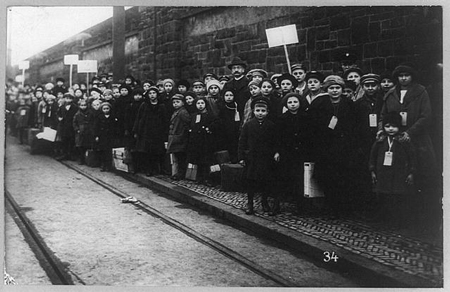
March 10, 2023 — In 1912, textile workers worked long hours for dismal wages. At the American Woolen Company mill in Lawrence, Mass., more than half the workers were women and girls between the ages of 14 and 18.
A Massachusetts law made the situation worse by reducing the number of hours women and children could work from 56 to 54 – the resulting pay cut, several loaves of bread worth, led to thousands walking out of the mills.
By the end of that week, more than 20,000 joined picket lines.
The Bread and Roses Strike was born.
During the strike, marchers raised signs of “We want bread, but we want roses, too!” and after 100 years, that rally call still resonates as workers continue to fight for workplace safety and against the unequal distribution of wealth and income in this country.
The Bread and Roses strike saw dozens of immigrant communities unite under the leadership of the Industrial Workers of the World. Strikers are credited with the advent of the moving picket line – allowing them to avoid arrests for loitering.
Despite that, things did get ugly.
As strikers organized large marches, disrupted businesses by entering stores and not purchasing anything, and even sent hundreds of children to live with supporters in other cities, the state’s militia broke up actions and pulled out all the stops to combat the strike.

Things came to a highly public tipping point when a group of strikers accompanied children to a train station, intending to send them outside Lawrence, and were confronted by police.
“Police surrounded and brutally clubbed women and children alike, then threw them into patrol wagons,” an article from LaborRights.org stated. “The press reported on the ugly scene, and people all around the country were outraged. A congressional investigation began.”
American Woolen caved and settled.
On March 12, 1912, workers won a 15% pay raise, double overtime pay, and a promise of no discrimination against strikers. They struck a blow against child labor and the strike is considered an important step in organized labor’s struggle to gain a foothold in this country.
Where did the phrase “bread and roses” come from?
Many say it was based on a 1911 poem by James Oppenheim. Click here for the full text of the poem.

